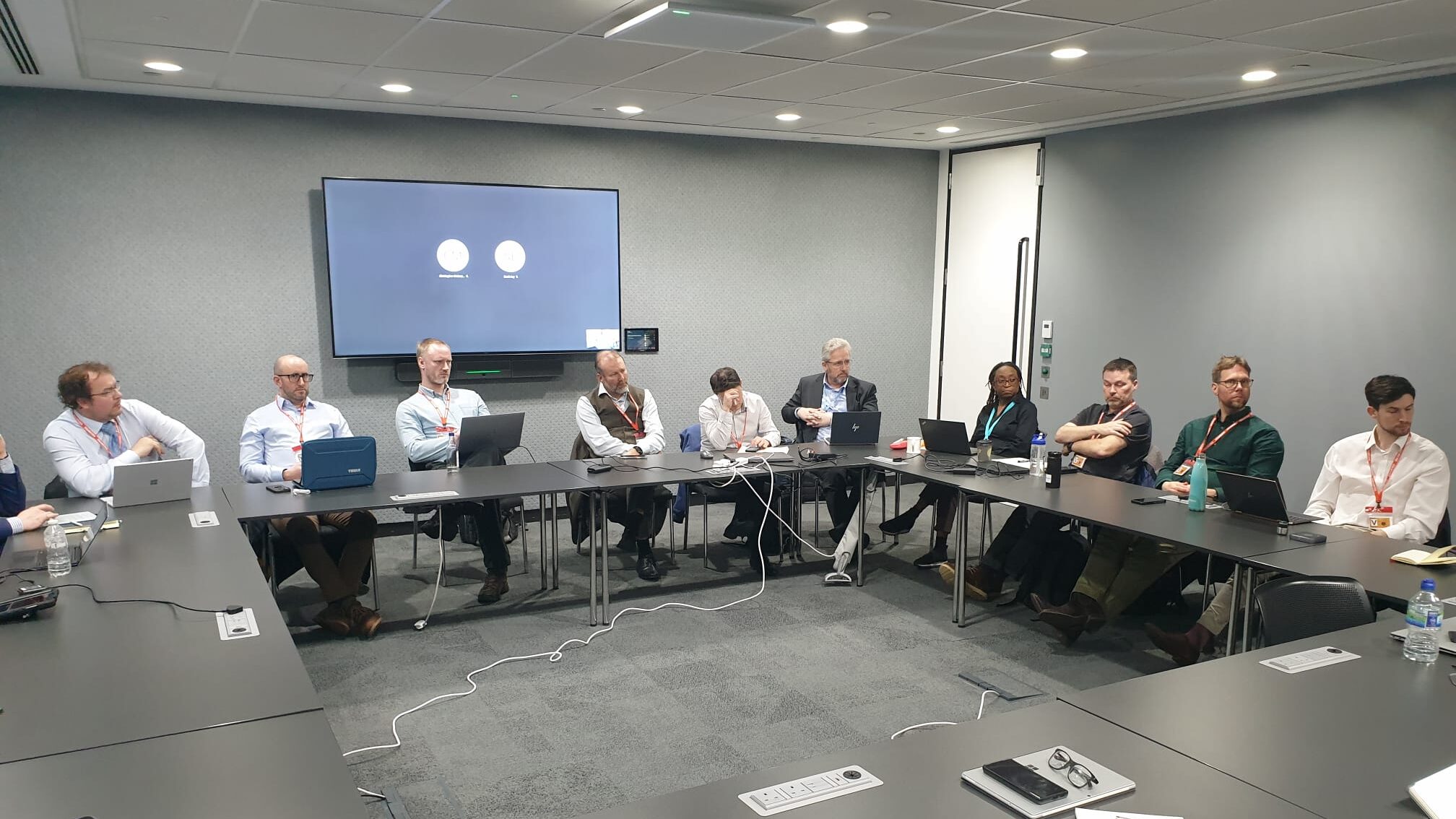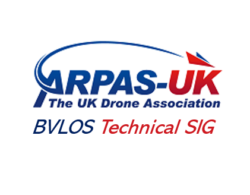A Pivotal Gathering at the Department for Transport
Recently, ARPAS-UK arranged a meeting at the Department for Transport (DfT) in London. Those who participated in the ARPAS-UK Risk Quantification Course were invited to share their views, which consisted of operators and service providers. Also in the room were the Regulator, and government bodies. The meeting’s agenda was ambitious yet clear: to dissect the regulatory roadblocks stunting the growth and innovation of unmanned aerial vehicle (UAV) operations in the UK. With the Civil Aviation Authority (CAA), Department of Science, Innovation and Technology (DSIT), and DfT all present, the session illuminated the complex landscape that operators navigate daily.

Unveiling the Challenges and Opportunities
The Complexity of Ground Risk
One of the standout revelations of the day was the potential of Atypical operations to revolutionise certain sectors. However, the shadow of safety concerns looms large, with the specifics of a compelling safety case yet to be clearly articulated. This gap underscores an urgent need for comprehensive risk assessments to pave the way for innovation.
The Murky Waters of Jurisdiction and Policy
Discussions also ventured into the tangled jurisdictions between the CAA and Health and Safety Executive (HSE), as well as local authorities’ unclear policy landscapes. Most notably, the bylaws within local jurisdictions leave operators facing a maze of red tape, particularly those seeking to conduct operations that focus on surveying and inspections.
Economic Impacts: A Tale of Lost Opportunities
The economic implications of the current regulatory framework were laid bare, with operators sharing case studies of significant opportunities lost to inflexibility. Notably, one attendee mentioned a potential deal valued between £30-£50 million dissolved due to the CAA’s inability to accommodate the specific operation. Conversely, Company X’s account of reducing a 60km survey from 77 takeoffs and landings over five days to a streamlined 3-day mission exemplified the vast potential of unlocking atypical BVLOS operations.
Another company spoke about assets inspection opportunities that can’t yet be realised due to the need to fly 3-5km offshore. Atypical flight would allow a significant increase in end user efficiency as well as thousands saved from proactive inspections rather than reacting to discoveries of damaged goods.
ARPAS-UK’s Vision for Atypical Operations
In the wake of these discussions, ARPAS-UK firmly reiterates its support for the adoption of atypical air environments, recognising that this needs to be relevant and practical to support multiple different operations. There are a number of potential benefits highlighted throughout the meeting, and our stance is grounded in the belief that fostering atypical operations can catalyse unprecedented efficiencies, safety improvements, and economic gains across various sectors.
In a private conversation, our colleague Rupert Dent, congratulated Sir Steven Hillier, Chair of the CAA, for the progress made over the past 12 months by the CAA with regards to UAS operations in Atypical Airspace
Looking Ahead: A Call to Action
As ARPAS-UK, we stand at the forefront of advocating for a regulatory evolution that embraces the vast potential of BVLOS and atypical operations. Our upcoming publications, culminating in a definitive statement on atypical operations, aim to spark further dialogue, collaboration, and action among all stakeholders.
In the spirit of progress and innovation, we invite the UAV community, regulators, and policymakers to join us in this journey. Together, we can navigate the complexities of today’s regulatory landscape towards a future where the skies hold unlimited possibilities for all.
13 March 2024

